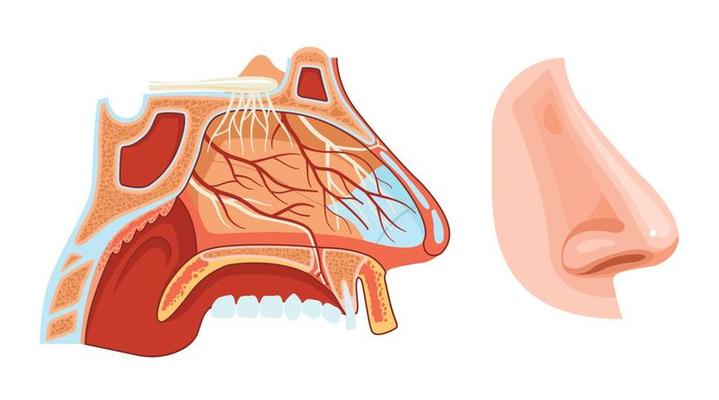iwillnotbebroken.org – The human nose is a remarkable structure, not only for its role in breathing and olfaction but also for its importance in facial aesthetics. This article delves into the intricate anatomy of the human nose, exploring its various components and their functions.
External Anatomy
The external part of the nose is the most visible and includes several key structures:
- Nasal Bridge: The upper, bony part of the nose that connects with the forehead.
- Nasal Tip: The protruding part of the nose that is often the focus of cosmetic concerns.
- Nostrils (Nares): The openings at the base of the nose, which allow air to enter and exit.
- Alae: The fleshy, curved sides of the nostrils.
Internal Anatomy
The internal anatomy of the nose is more complex and includes:
- Nasal Cavity: A large air-filled space behind the nose that conditions the air we breathe.
- Nasal Septum: The wall that divides the nasal cavity into two nostrils, composed of cartilage and bone.
- Turbinates: Curved bone structures covered in mucous membranes that help filter, warm, and humidify the air.
- Olfactory Epithelium: A specialized tissue responsible for detecting smells, located in the roof of the nasal cavity.
Blood Supply and Innervation
The nose receives blood from several arteries, primarily the branches of the internal and external carotid arteries. Its nerve supply is equally complex, involving the trigeminal nerve for sensation and the olfactory nerve for smell.
Functions of the Nose
The nose serves multiple essential functions:
- Respiration: It acts as the main passageway for air entering the lungs.
- Olfaction: The sense of smell, which is crucial for taste and detecting hazards.
- Filtration and Humidification: The nose filters out dust and pathogens and humidifies the air to protect the respiratory tract.
Common Disorders
Some common nasal disorders include:
- Deviated Septum: A condition where the septum is displaced, often causing breathing difficulties.
- Rhinitis: Inflammation of the nasal mucous membrane, often due to allergies or infections.
- Nasal Polyps: Noncancerous growths that can obstruct nasal passages and impair breathing and smell.
Conclusion
The human nose is a complex organ with a range of functions critical to our health and well-being. Understanding its anatomy can help us appreciate its role in our daily lives and the importance of maintaining nasal health.

